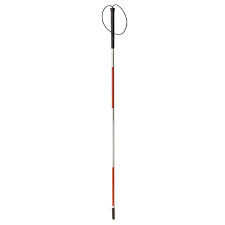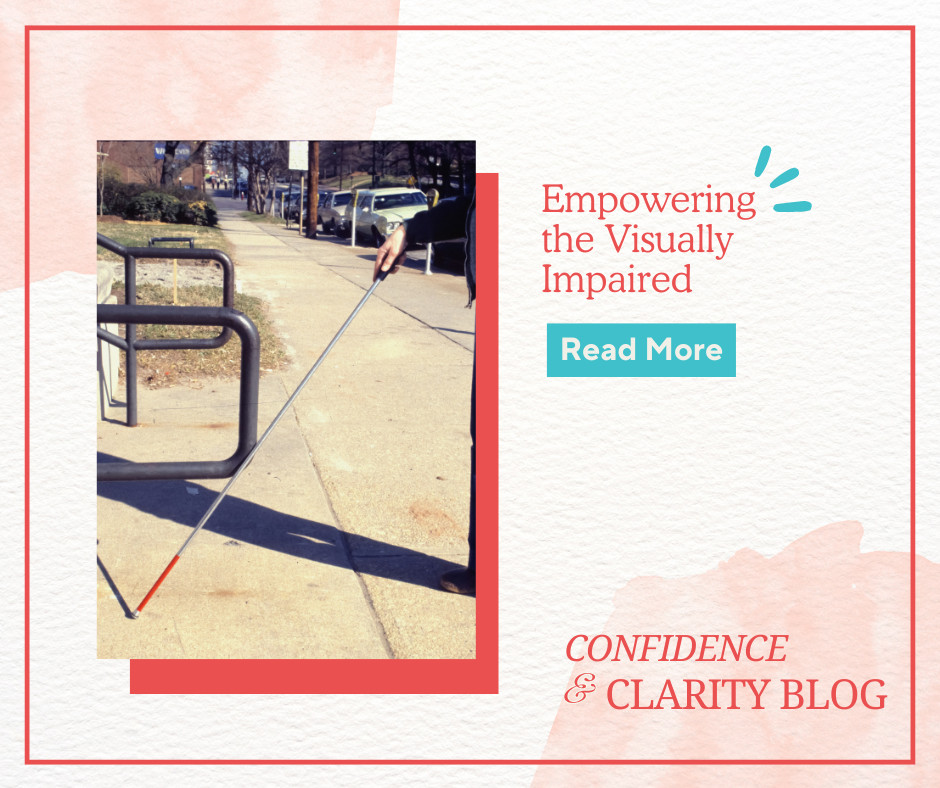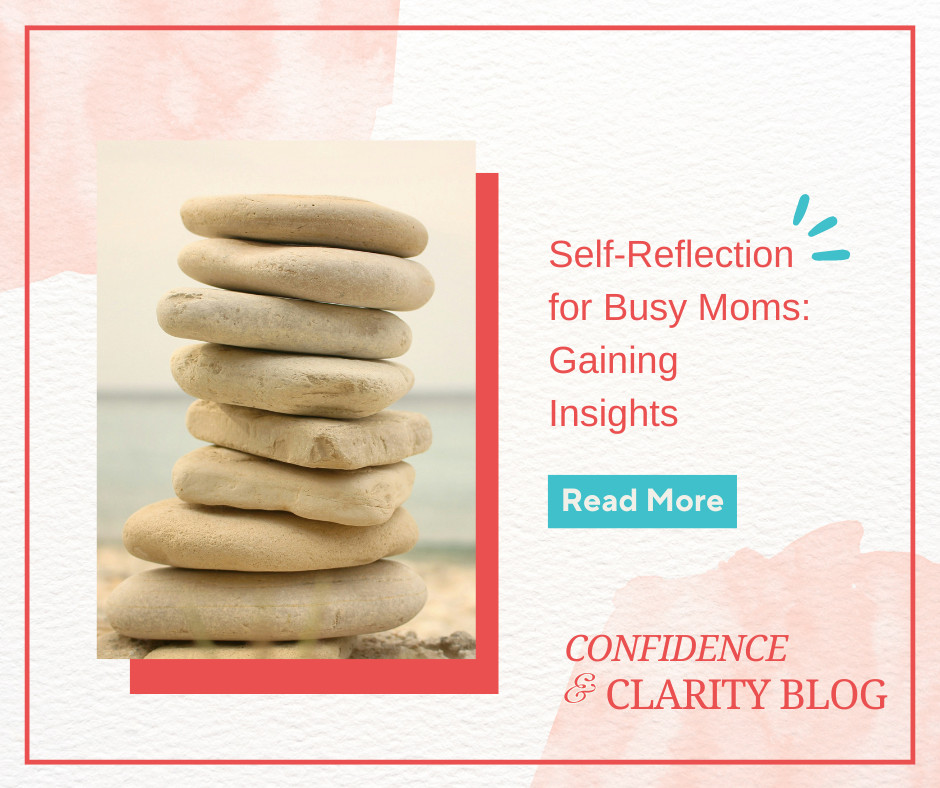
When we think of a white cane, we often associate it with total blindness. However, the white cane is a versatile tool that offers independence and mobility not just to those who are completely blind, but also to individuals with varying degrees of visual impairment.
The Versatility of the White Cane
The white cane is a symbol of independence for many visually impaired people. It serves as a mobility aid, helping users navigate their surroundings safely and confidently. For those with partial vision, the white cane provides crucial tactile feedback about the environment, such as detecting obstacles or changes in terrain. This enhances their ability to move around independently, reducing reliance on others.
Breaking Stereotypes
It's important to challenge the misconception that only totally blind individuals use white canes. Many people with partial vision loss also benefit from using a cane. Conditions such as optic nerve degeneration, macular degeneration, glaucoma, or diabetic retinopathy can significantly impair vision, making a cane an essential tool for safety and freedom. By understanding and accepting that the white cane serves a broad spectrum of visual impairments, we can foster a more inclusive and supportive society.
Benefits Beyond Navigation
For visually impaired people, the white cane is not just a navigation tool. It acts as a signal to others that the user has a visual impairment, prompting more awareness and consideration in public spaces. This can lead to increased safety and accessibility, as people are more likely to offer assistance or take care to avoid obstacles.
Encouraging Acceptance and Use
Promoting the use of the white cane among those with partial vision loss can significantly enhance their quality of life. It's crucial to create an environment where visually impaired individuals feel comfortable using a cane without fear of stigma or misunderstanding. Education and awareness campaigns can play a key role in normalizing the use of white canes for all degrees of visual impairment.
My Thoughts
This is something I'm going to work on more people knowing. I personally use a white can when I fly by myself to get more assistance transferring planes. Some of the airlines have better training on how to react to people like me than other airlines. Even though I can see somewhat, I’m not able to read the signs in the airports. Plus, if I go somewhere I’ve never been there might be steps or different terrain that I’m not aware of and use it for that. Most people are so confused as to how to react to me if I have a cane and they realize I can see. One goal is to change this.
Conclusion
The white cane is a powerful tool for independence and mobility, benefiting not only those who are completely blind but also individuals with partial vision loss. By recognizing its value and encouraging its use, we can support the visually impaired community in leading safer, more independent lives.
















1 Comment